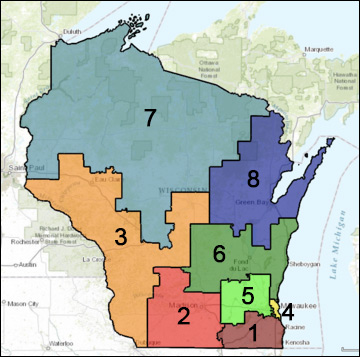Aug. 14, 2018 — Voters in Connecticut, Minnesota, Vermont, and Wisconsin will choose their nominees today. Minnesota and Wisconsin, in particular, feature some key contests.
MINNESOTA
Most of today’s action will occur in the Land of 10,000 Lakes, as a major open race for governor will see party finalists determined in both political camps. Republicans feature former Gov. Tim Pawlenty and 2014 gubernatorial nominee Jeff Johnson, a Hennepin County commissioner who is the officially endorsed party candidate.
Democrats have a three-way battle among state Rep. Erin Murphy (D-St. Paul), the official party endorsed candidate, Attorney General Lori Swanson, and US Rep. Tim Walz (D-Mankato). Though Murphy is the sanctioned candidate, she appears to be trailing both Swanson and Walz. The winners will set up a highly competitive general election that will probably be considered a toss-up campaign all the way to Election Day.
Both US senators are on the ballot. Sen. Amy Klobuchar (D) is a lock for re-election, while appointed Sen. Tina Smith (D) is finding a competitive battle coming from state Sen. Karin Housley (R-St. Croix River Valley), but these scenarios are dependent upon all of the aforementioned easily winning their respective nominations tonight.
The state could yield as many as four competitive campaigns from their eight congressional districts, but today the real nomination battles are in Districts 1, 5, and 8.







